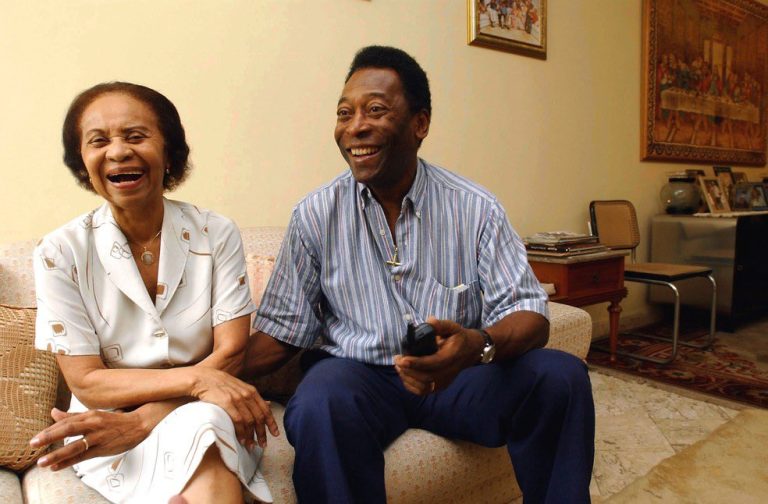The official mascot of the 2022 World Cup was unveiled on April 1st by the International Football Federation (FIFA), the world’s biggest football organization and the entity in charge of organizing the tournament. In Arabic, the meaning means “skillful”. The figure was inspired by the traditional Arab scarf.
World Cup mascots have been present since 1966, when England hosted the tournament. These characters were created, among other things, to try to create a distinct atmosphere and to represent each edition of the world’s most important national team tournament.
Sambafoot will show you all of the previous World Cup mascots and tell you a little bit about each one in this article.
World Cup mascots
Willie (Inglaterra 1966)
The lion, which symbolizes Great Britain, was the inspiration for the Hearts’ original mascot.

Divulgação/FIFA
Juanito (México 1970)
Juanito donned a “sombrero” (traditional Mexican hat) to symbolize his country’s people.

Divulgação/FIFA
Tip Tap (Germany 1974)
The two mascots represented East and West Germany. The two even participated in the competition.

Divulgação/FIFA
Gauchito (Argentina 1978)
As with Juanito, Argentina created Gauchito as a boy with characteristics of part of the local population.

Divulgação/FIFA
Naranjito (Spain 1982)
The first mascot fruit of the World Cups, Naranjito is an orange, typical fruit of the Valencian Community and Andalusia, two of the main Spanish regions.

Divulgação/FIFA
Pique (México 1986)
The second Mexican mascot remained with the “sombrero”, but had the addition of pepper – a very popular delicacy in local cuisine.

Divulgação/FIFA
Ciao (Italy 1990)
A character with geometric shapes, Ciao has the colors of his country and, when dismantled, forms the word “Italy”.

Divulgação/FIFA
Striker (USA 1994)
Americans decided to use a domestic animal (dog) as their mascot because they had already used the eagle (symbol of the country) at the 1984 Los Angeles Olympics.

Divulgação/FIFA
Footix (France 1998)
The rooster is considered the national animal of France and Footix is a blue rooster (the color of the French national team jersey).

Divulgação/FIFA
The Spheriks: Ato, Kaz and Nik (South Korea and Japan 2002)
The three mascots were aliens who arrived from a distant planet that played a sport similar to football.

Divulgação/FIFA
Goleo and Pille (Germany 2006)
Again a lion as the Hearts mascot. Goleo is never seen away from his teammate Pille (a talking ball) and wears a white shirt with the number 06 (year of the Cup).

Divulgação/FIFA
Zakumi (South Africa 2010)
Zakumi represents a leopard, a local characteristic animal, with the colors of the South African flag.

Divulgação/FIFA
Fuleco (Brazil 2014)
Fuleco represents an armadillo, an animal widely found in Brazil. It was created with the aim of raising awareness, for being an endangered species, and also for its ability to curl up, acquiring the shape of a ball – the main object of football.

Divulgação/FIFA
Zabivaka (Russia 2018)
Zabivaka (“goal scorer” in Russian) is a Siberian wolf, a local characteristic animal.

Divulgação/FIFA
La’Ib (Qatar 2022)
As already mentioned, the Qatar Cup mascot represents a male headscarf, which is traditional in Arab culture.

Divulgação/FIFA
About the 2022 World Cup
The Qatar World Cup will be the first time the world’s most prestigious national team competition is held in the Middle East. It will also be the first time that the games are held towards the end of the year (between November and December), rather than in the midst of the year as in previous editions (between June and July). This occurred as a result of the Arab country’s very hot summer.
The competition’s draw took held on April 1st, and Brazil were put in Group G with Serbia, Switzerland, and Cameroon.



